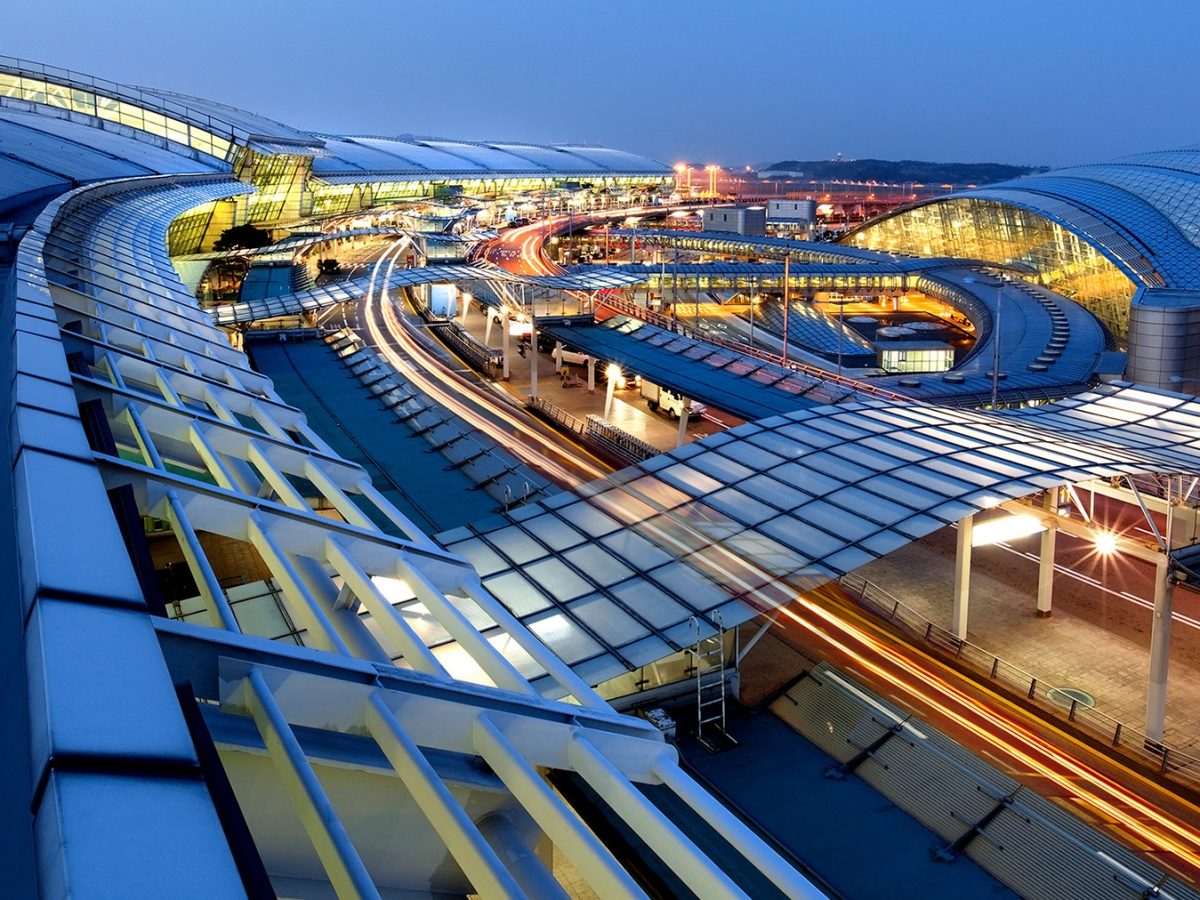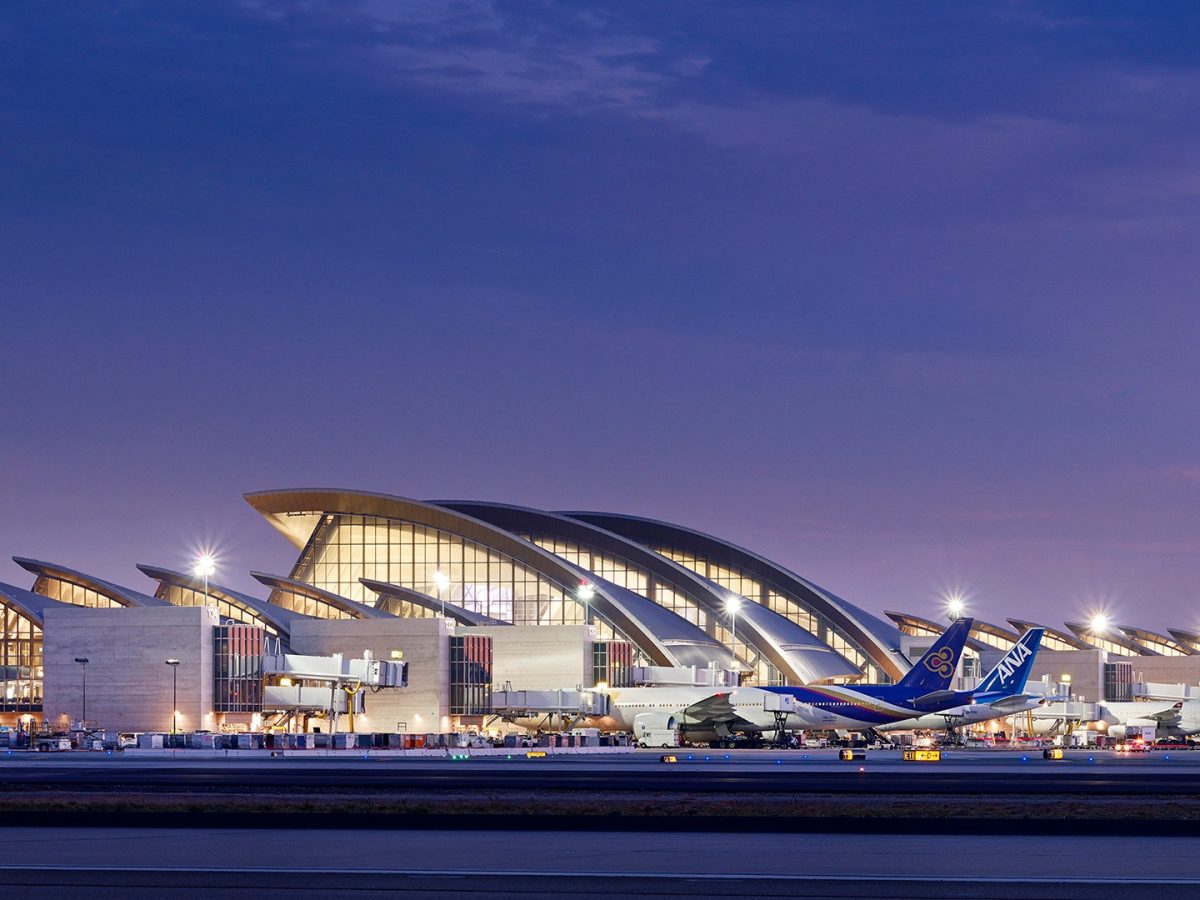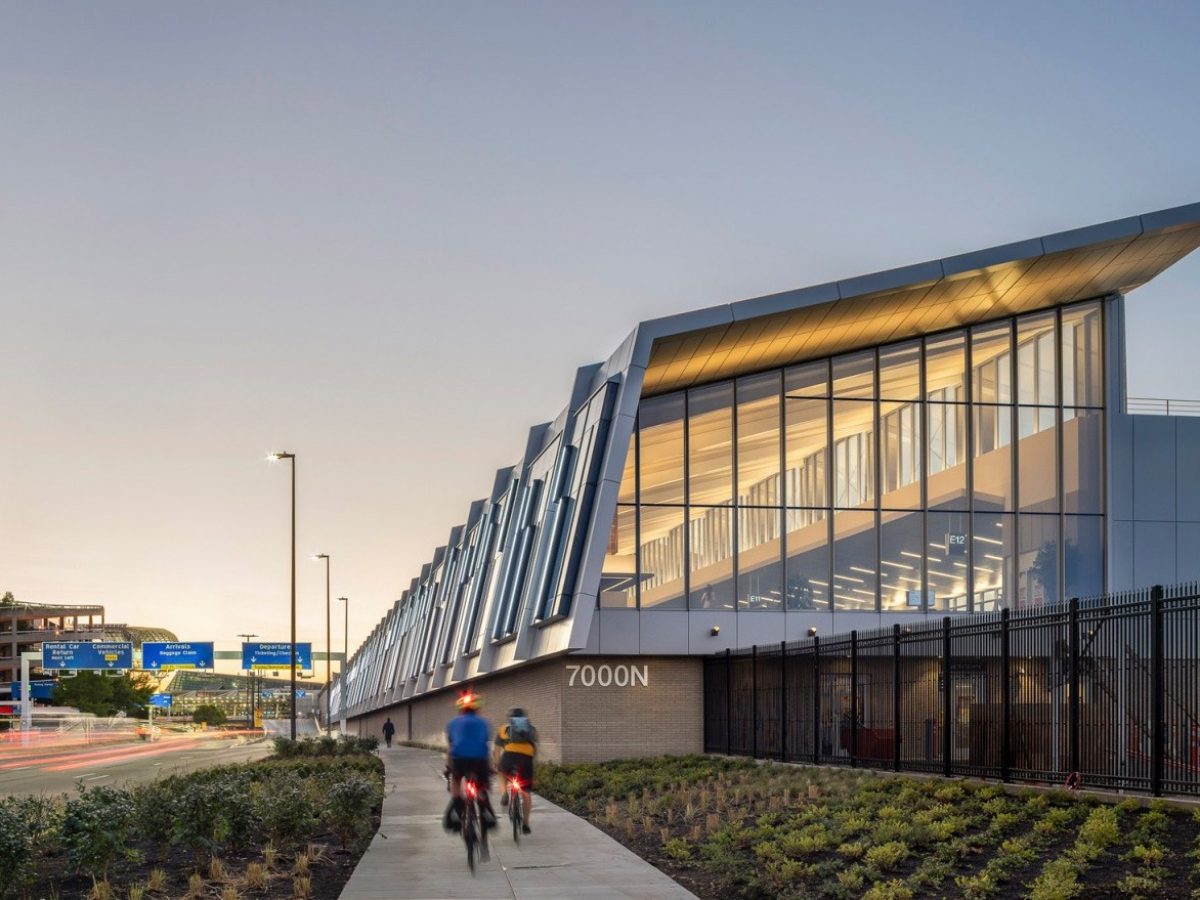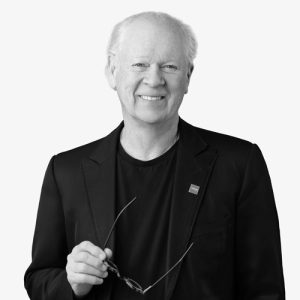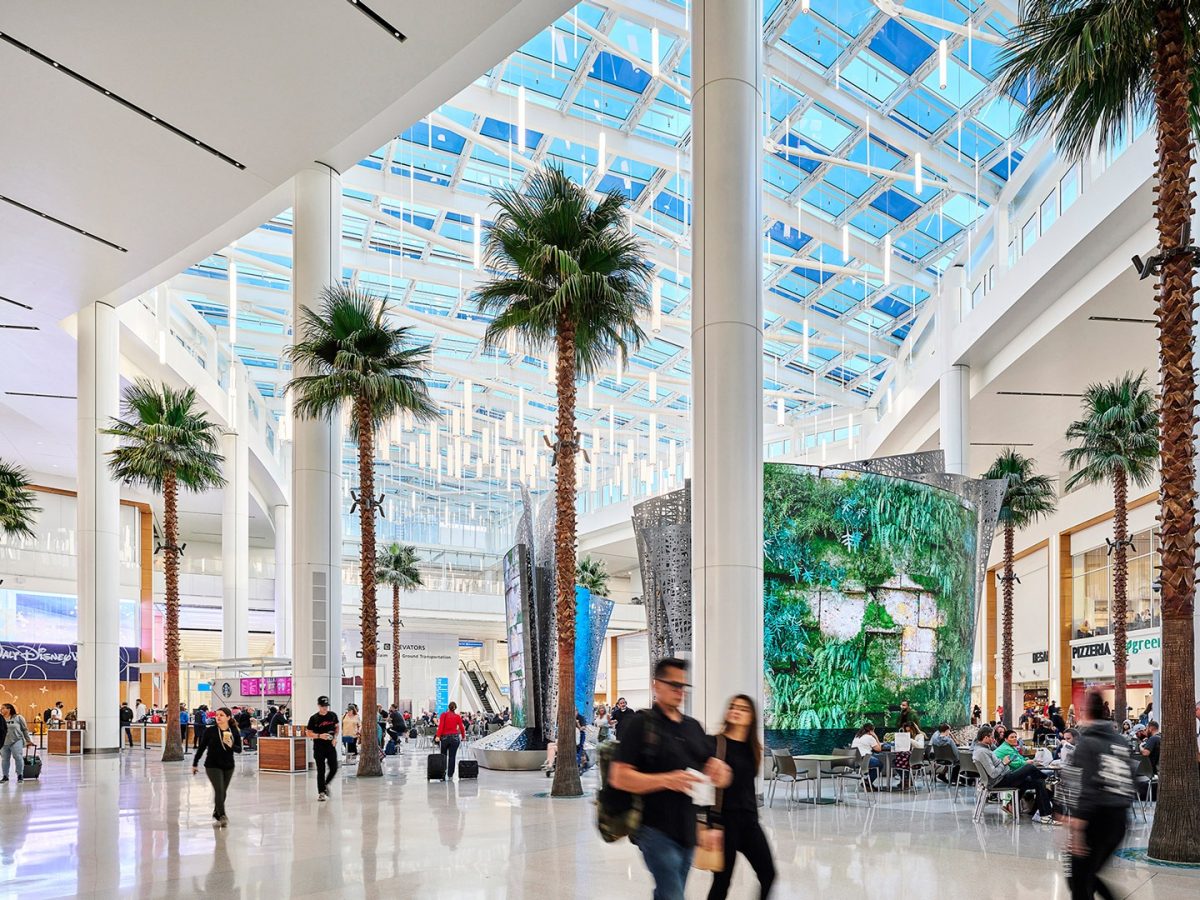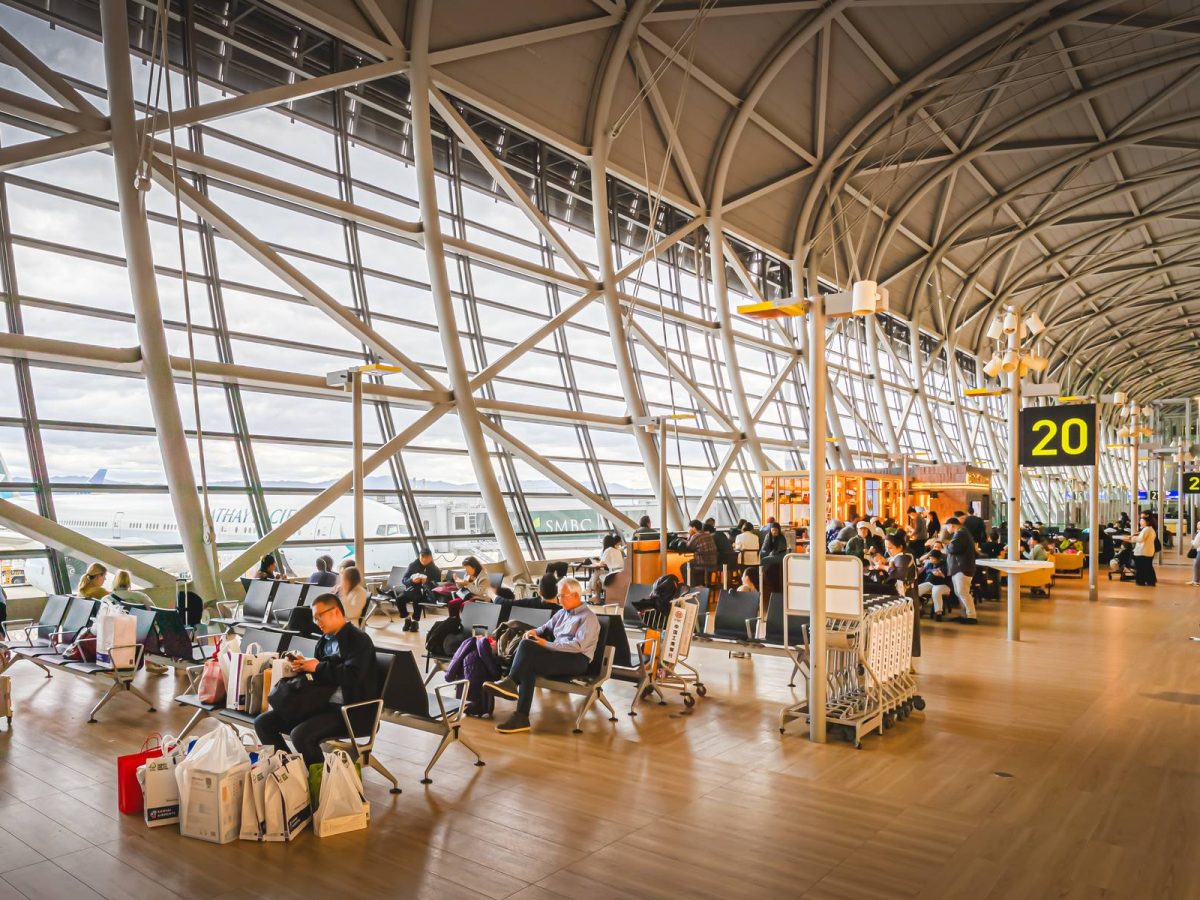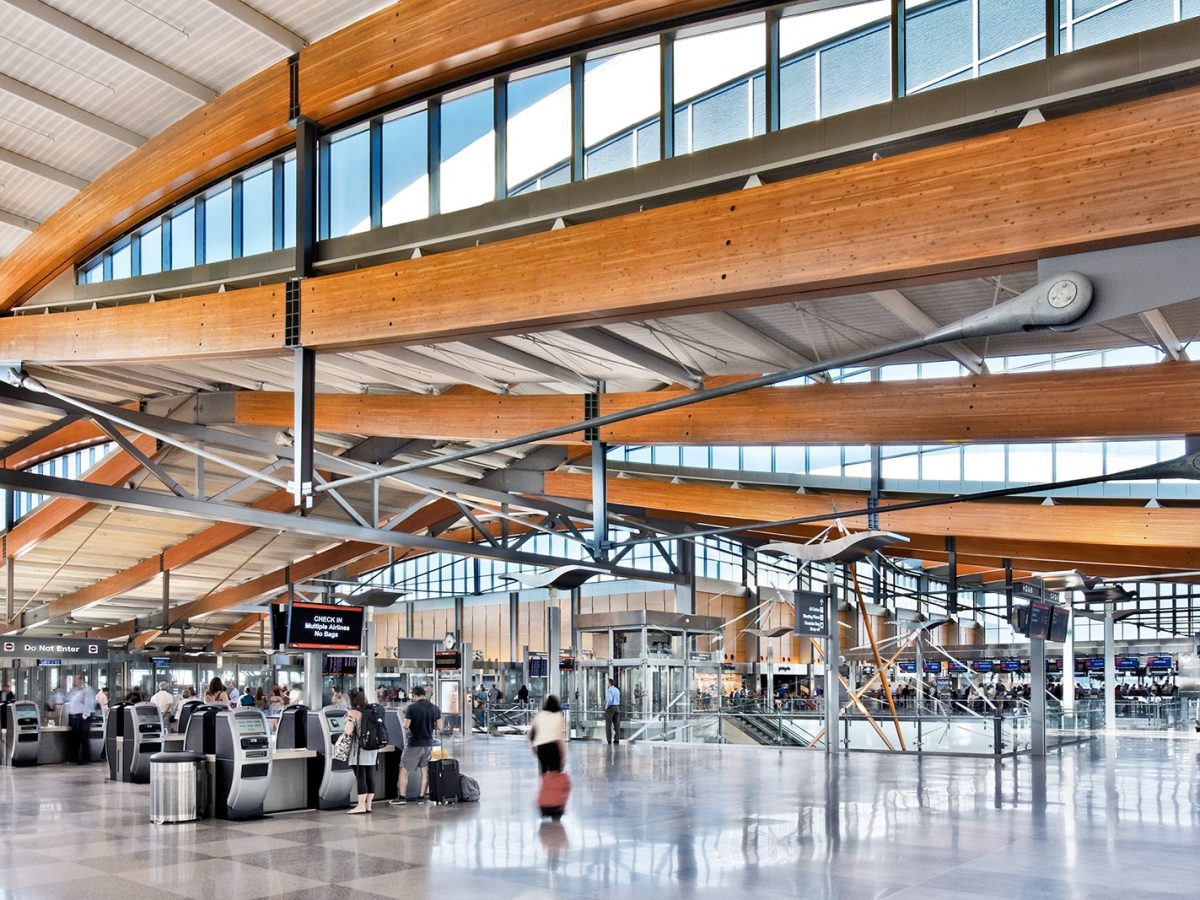August 4, 2025
A Force for the Future of Aviation Design
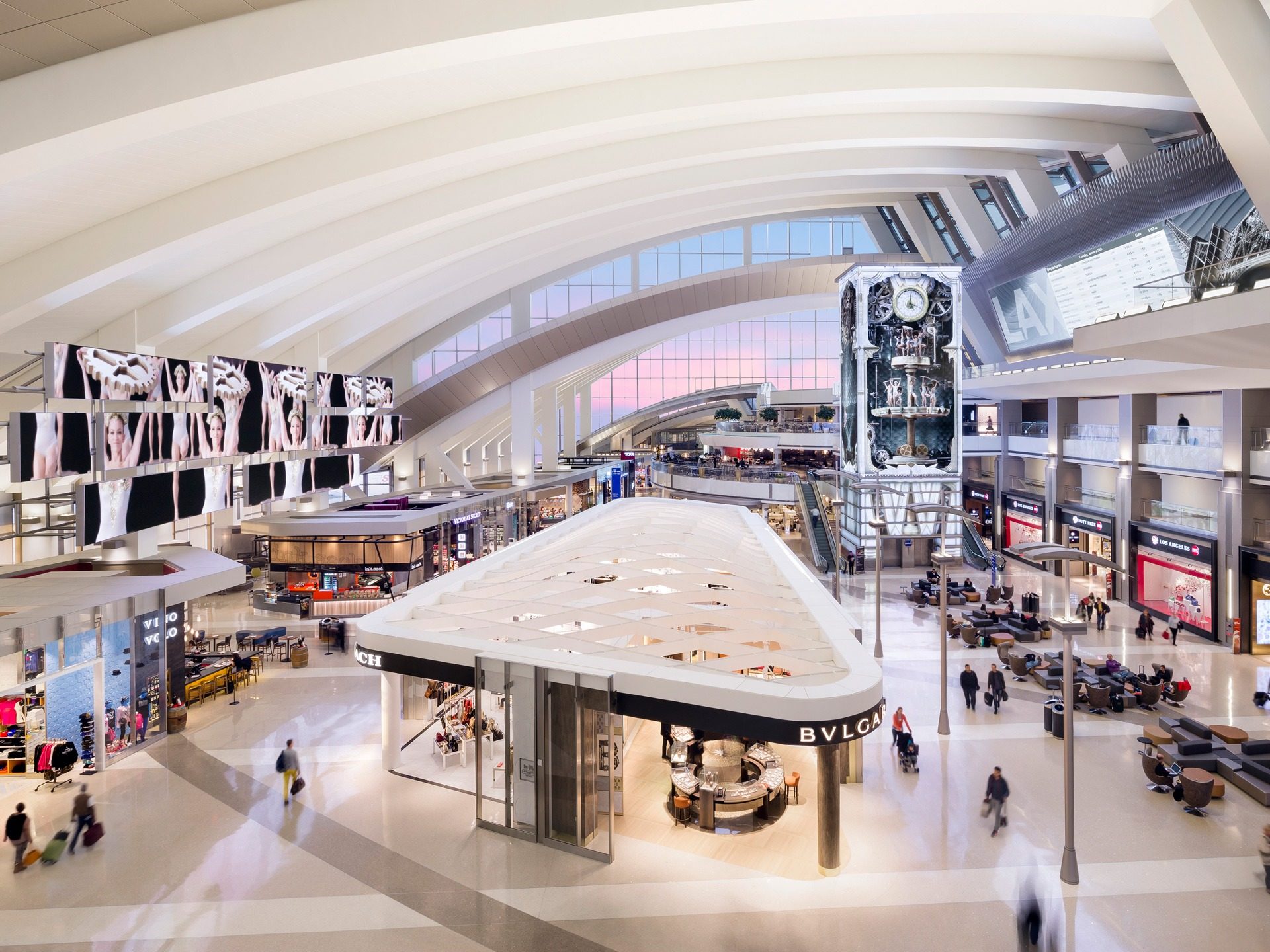
What are the strategic goals Populous is looking to achieve with this acquisition?
Bruce Miller: We’ve been on a path of expansion, which includes tremendous organic growth and the opportunities for acquisitions. This builds on Populous’ existing aviation experience and Fentress’ deep expertise and strong portfolio in airport terminal architecture. It is a merger of design culture and people culture.
As Curt is fond of saying, ‘We’re small but mighty.’ Now, together as a global practice, we’re big and mighty. Our shared mission of excellence in people-centric design means that we will work smarter and harder for our aviation clients. We offer a new paradigm for aviation design that will transform the passenger experience. In other words, our alliance with Fentress is a great opportunity for us to amplify our expertise together to accelerate improvements in airport passenger experience. I anticipate this will have an immediate impact in the global aviation market.
Overall, we’re looking to deliver a positive experience for everyone who uses the buildings we design. By continuing to focus on people, their experience, and their journey through our buildings, we will create that ideal aviation experience.
"There are many opportunities to make dwell times more entertaining and educational."
Could you talk me through the decision to rebrand Fentress Architects as Fentress Studios?
BM: It’s a marriage of two experts in their fields – Populous’ people-centric design approach to world-class stadiums and arenas, and Fentress with the same people-led approach to award-winning airport terminals.
Overall, the move is intended to preserve Fentress Architects’ very strong aviation brand while creating a fit between the firms. This way, we incorporate the strength of both brands into one trailblazing identity. This branding also fits within the structure that we have in place today with our other service lines and businesses.
What challenges do you foresee for this next chapter and how you plan to overcome them?
Curtis Fentress: Populous and Fentress understand people, their needs and expectations – each of us have spent decades designing buildings where human journeys intersect. As we talk through next steps, we see how much common ground there is when it comes to challenges like crowd flow and circulation within buildings. It’s one of those, “Oh, you deal with that too?” moments. These are the kinds of problems we will solve as we move forward and improve each new airport terminal we design.
Populous has designed many long-span structures in their sports work. These facilities are very similar to airports from a programmatic approach, so that focus on creativity and innovation will lead us to the future of multimodal transportation hubs.
Despite serving different purposes, our buildings share similar emotional and social dynamics, and fundamentally, it’s about making sure people have a great experience.
Furthermore, there are a lot of statistics and data captured in airports but not necessarily passed on to the architect, so that’s another area that we can collaborate and learn from each other’s projects.
What does the airport of the future look like, in your opinion?
CF: So many things are evolving in aviation – and some are monumental, not just incremental. There’s a 5 to 6 percent average increase in passenger volume annually, meaning every 12 years or so, the number of people flying doubles. We need to work out how to provide a better quality of service to larger groups of people, while increasing the emphasis on engagement and entertainment.
For example, flight delays and cancellations caused by weather, labour shortage, gate allocation delays, ground handling issues, and tight aircraft rotations are routine. How do we take care of passing time for the passenger? In my view, that’s where Populous’ expertise in environmental and experiential design comes in.
Another major factor is technology. Over the past 25 years, we’ve seen technological demands grow across all building types – and they’ll only continue to evolve. I once heard a tech designer say, “It takes a lot of wire to create a wireless experience.” That really stuck with me. We’re moving toward touchless, frictionless experiences, which require a significant technological infrastructure. When we design for the future, we’re not just thinking about aesthetics – we’re thinking about buildings that can support that future tech seamlessly.
"If people love the space, they want it to last beyond its intended lifespan."
Urban air mobility is another big potential. We’re going to have a lot of eVTOLs in the air. When we do, airlines will be looking to provide passengers easy transportation between their homes/gathering points and multimodal transport hubs, enabling travelers to skip the surface traffic altogether. We need to think about how this technology is melded into security, air traffic, and the reception of passengers into the building. We need to consider requirements for alternative fuels and increased cybersecurity. And, of course, we want to maintain our commitment to sustainability. Jointly, we are designing the airport of the future by maximizing our combined talents. We’ve been working with that and have a lot of good ideas for the future.
BM: Another macro trend is the incorporation of entertainment throughout many different building types. I think we’ll see that more in the future of multimodal transport hubs as people expect to be entertained wherever they are.
Ultimately, our aim is not trying to mitigate a poor travel experience. Our goal is to create a great passenger experience.
That’s why we’re looking at how to improve passenger experience while they’re in a place that maybe they wouldn’t necessarily choose to be. For instance, we designed the Sphere in Las Vegas as a brand-new experience in entertainment. We’ve wondered, “Could you perhaps bring immersive experience elements like that to an airport? Could you bring in an interactive art museum to an airport?” I think there’s a lot of opportunities to make dwell times more entertaining and educational.
Are there any other top tips you have for ensuring airport terminals stand the test of time?
CF: Absolutely. Longevity is another big topic we’ve been researching. Traditionally, airport facilities were designed to last 20 or 30 years before being torn down and replaced. We don’t have the luxury of waiting to see what the future will bring – we need to design buildings that are flexible and adaptable, with the potential to last 75 years or more. Whether it’s an airport or a stadium, these are expensive investments. Making them last longer adds real value for our clients.
Take the restroom for example. Even the best-designed restrooms wear out after the inevitable thousands of flushes. Designing them in a modular way will enable us to remove and replace them – potentially overnight – allowing the facility to stay functional with minimal disruption. That kind of thinking extends to the entire superstructure.
Beyond that, we want to design buildings people love. When people feel a connection to a building – when there’s an emotional or aesthetic resonance – they take care of it. We’ve seen that in our past projects. If people love the space, they want it to last beyond its intended lifespan. On the flip side, if people hate the building, you can see it in how it’s treated.
Are there any innovations you’re especially excited about or hoping to introduce to the industry through this acquisition?
BM: One of the technology offerings that Populous has is via another if our sub-brands, Experience Studios. They’re technical experts, but they’re extremely focused on the human experience with technology. That’s the point of view we want to bring to aviation design, one that is intensely focused on the human experience. It’s about what you see, it’s about what you smell, it’s about what you hear, it’s about what you feel.
CF: Traveling should be a wonderful experience. Fentress Studios, a Populous Company, will design the airport of the future for the whole human experience.
This article was originally published in the July 2025 issue of Passenger Terminal World.
Lorem ipsum dolor sit amet consectetur, adipisicing elit. Non facere corporis et expedita sit nam amet aut necessitatibus at dolore enim quis impedit eius libero, harum tempore laboriosam dolor cumque.
Lorem, ipsum dolor sit amet consectetur adipisicing elit. Illo temporibus vero veritatis eveniet, placeat dolorem sunt at provident tenetur omnis, dicta exercitationem. Expedita quod aspernatur molestias eum? Totam, incidunt quos.


